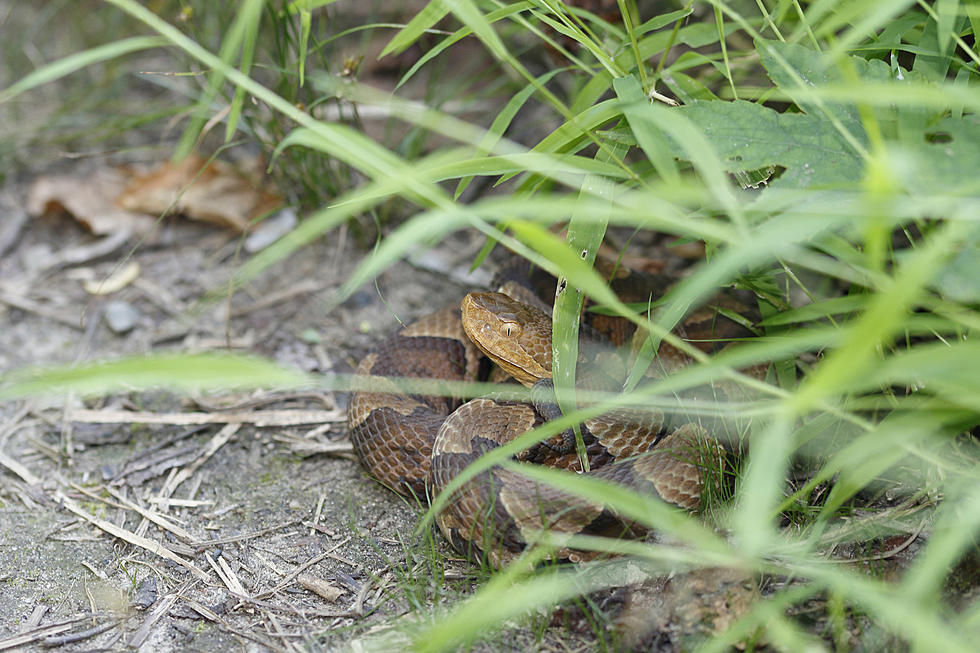
Watch Your Step! It’s Baby Copperhead Season In Kentucky and They’re Everywhere
Living in the country, you become very used to seeing snakes every now and then. But, when I moved to Kentucky it was hard to get used to seeing Copperheads. I have to admit, I haven't seen a lot since I moved here. Every once in a while, one will show up slithering across the road, but that's it. Well, I've seen so many this summer and I wanted to find out more about these very unique snakes. Here is what I found out.
Right now, you will start seeing even more Copperheads because it's baby Cppperhead season. Copperheads start to appear in the Spring to mate. The Copperhead babies are typically born in late August, into September, or even October in some states. Unlike most snakes, Copperhead s don't lay eggs so their babies aren't hatched. The Copperhead babies are born LIVE. Female copperheads can have one litter per year, where they can birth 2 to 18 snakes that are 8 to 10 inches long when born. Must be a very productive year, this year, I'm seeing them everywhere.

What do baby Copperheads look like? According to Fred Boyce, a herpetologist, in an interview with Newsweek, this is what a baby Copperhead will look like.
...lookout for bright yellow or green lines on their tails. Baby copperheads typically have this mark for the first year of their lives. Their coloring is typically light brown or reddish, and some younger snakes can look dark gray. Copperhead patterning resembles an hourglass, and their head is sometimes triangular in shape.
He went on to say that,
Babies are seven to eight inches long and can be often mistaken for nonvenomous water snakes, rat snakes, and corn snakes. Adult copperheads can grow up to two to three feet long.
Some say that the bite of a baby Copperhead is more potent than that of an adult. The good news is that is not necessarily true. Everything Reptiles says that, although the bites a very painful, they aren't fatal as often as adult bites.
On the US Army website, they write about the dos and don’ts of snake safety. Here are a few to remember
- Use the buddy system when walking or running on trails near wooded areas.
- Do not step or put your hands where you cannot see.
- When possible, step on logs and rocks, never over them as you may surprise a sheltering snake.
- Be careful when stepping over a doorstep. Snakes like to crawl along the edge of buildings where they are protected on one side.
- Avoid wandering around in the dark. If you are out at night, always use a flashlight, because most snakes are active on warm nights.
- Never try to pick up a snake, even if it is dead. A snake’s reflexes can still cause the snake to strike up to an hour after it has died.
- If you have an encounter with a snake, give it the right-of-way. Do not attempt to kill the snake, just move out of the snake’s way.
Find more tips on safety and what to do and not to do if you get bitten, HERE.
Snakes in Kentucky
15 Animals that Could Attack You in Evansville
WATCH OUT: These are the deadliest animals in the world
More From WGBFAM









